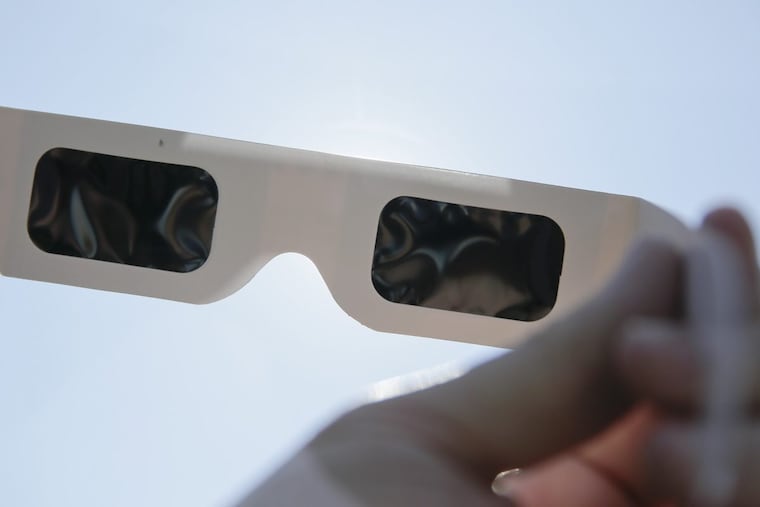How to look at the eclipse without burning your eyes
Wear glasses only from a certified vendor. The retina cannot feel pain, so you could be damaging your eyes without realizing it.

Wear glasses only from a certified vendor. The retina cannot feel pain, so you could be damaging your eyes without realizing it.
